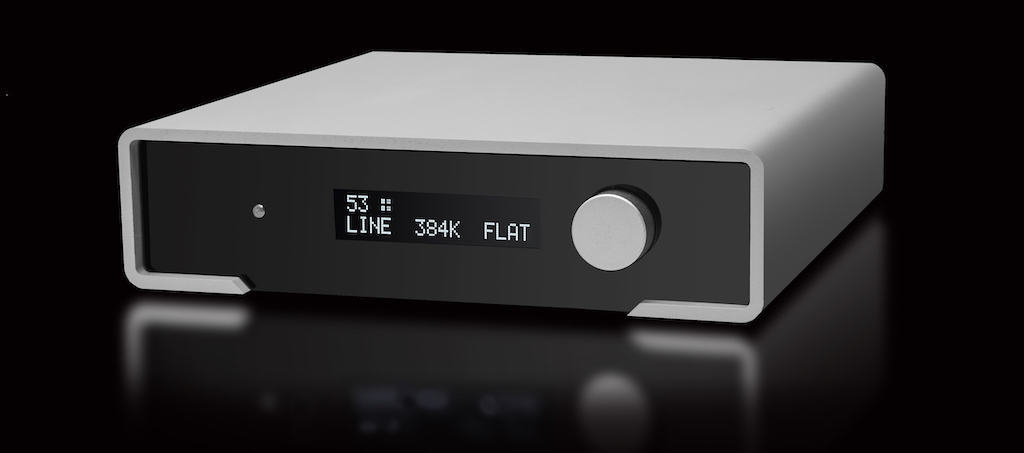Fitbit Aria Airsmart Scale REVIEW
Summary
Fitbit Aria Air Smart Scale REVIEW
PAT PILCHER confronts his inner fat bastard and asks if Fitbit’s new scale is the answer.
$109
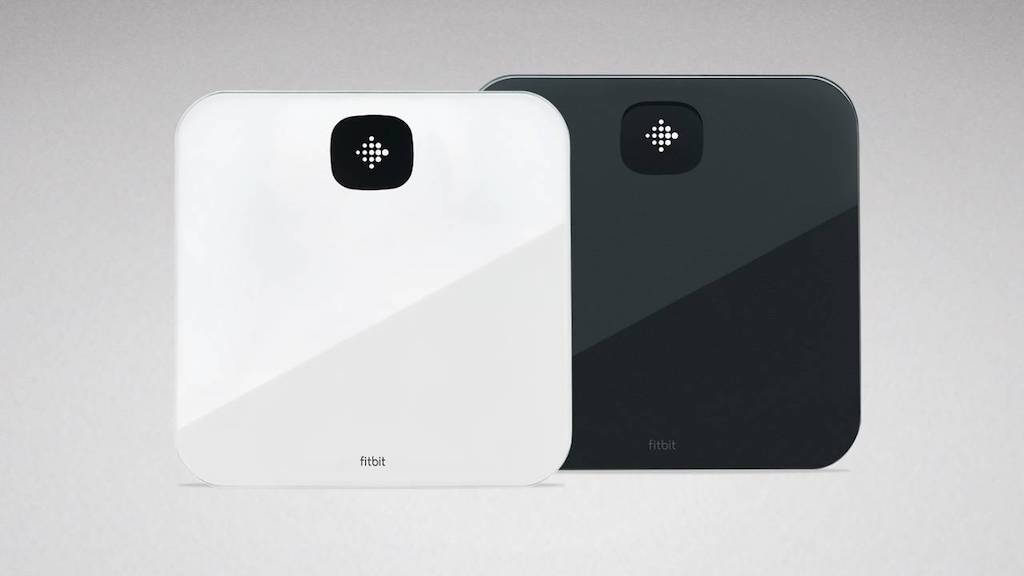
When it comes to the silly season, the temptation to eat more and do less is compelling. Shedding those extra kilos and being healthier post-Xmas/New year is also a big New Year’s resolution. Fitbit has long had wearables that tracked steps, heart rate and so on. Still, now they’ve upped their game with a premium fitness tracking service and smart scales, which will track your weight and help paint more accurate fitness goals and coaching regimes.
Here’s the big question: Can smart scales help you shed that Xmas feasting-related weight, or should you grab another pint and open a bag of chips?
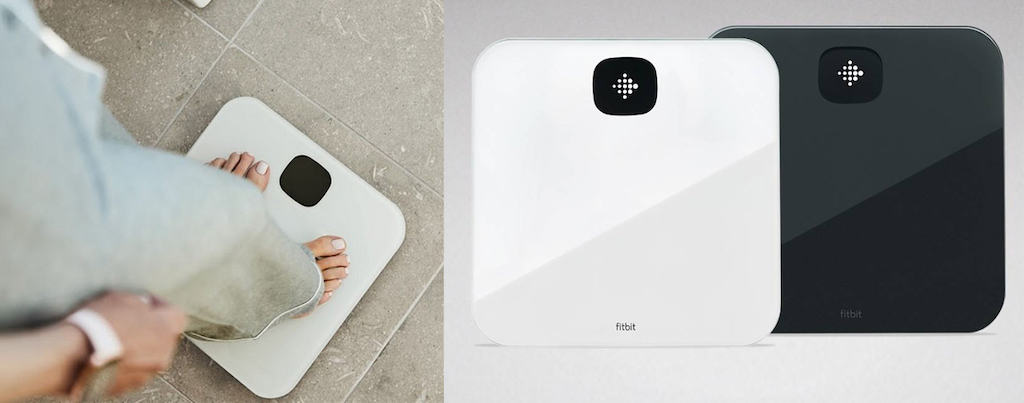
Fitbit’s Aria Air scales are digital scales with Bluetooth connectivity. They sync weight data to the Fitbit app using Bluetooth. It’ll monitor your weight over time, adjusting your fitness regime as you go.
The Aria Air isn’t Fitbit’s first go at digital smart scales. They’d previously launched the Fitbit Aria 2. The Aria 2 was more expensive but could guestimate your “body composition” (the amount of your body its algorithm reckoned was fat). The Aria Air costs less and doesn’t do this. However, it’s not a big loss as the Aria 2 scales were really only guessing. Hence it wasn’t really all that helpful or accurate. The other big difference was that the Fitbit Aria 2 communicated its weight data to your Fitbit account using Wi-Fi while The Aria Air uses Bluetooth and your phone’s Fitbit app.
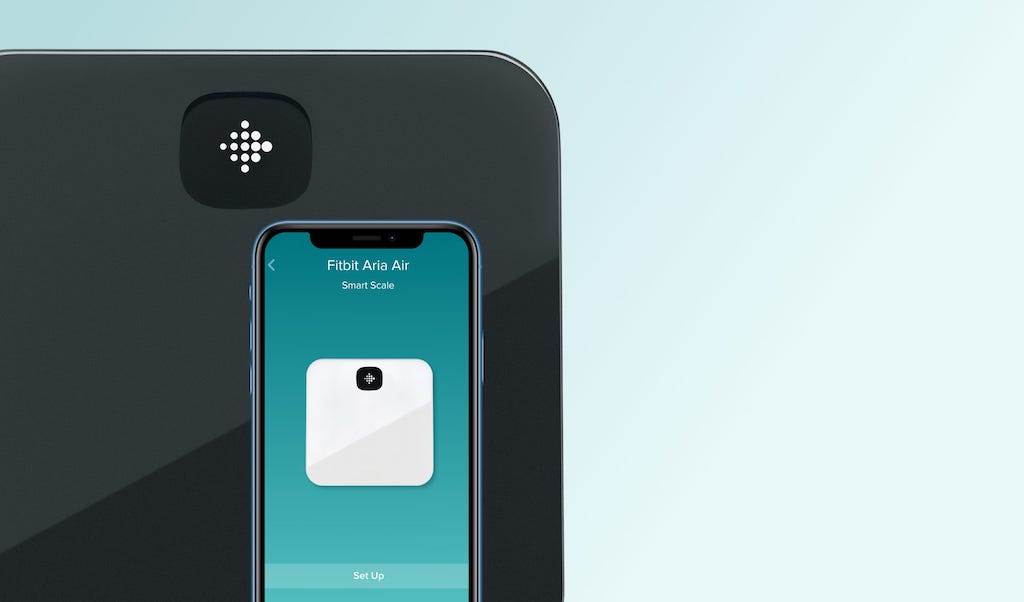
Out of the box, the Aria Air is almost entirely idiot-proof to set up and use. It was as easy as powering up the scales, opening the Fitbit app, tapping the “+” button and selecting Aria Air from a list of available devices. From there, I followed some on-screen instructions and was good to go. About the only real issue with this approach is that you have to have your phone on you whenever you weigh yourself.
Checking your weight is as easy as opening the Fitbit app and stepping onto the scale (which should notice your phone and then send weight data to your Fitbit profile). Your weight is shown on its large LCD display, and the weight units can be changed from metric to imperial using a button on its underside.
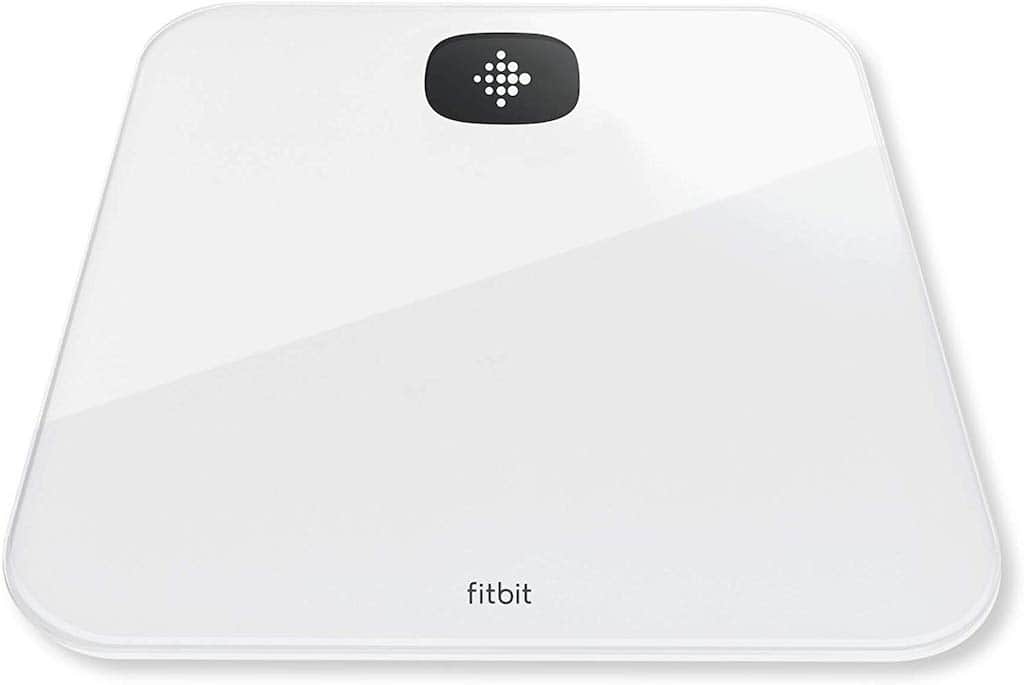
I found that having to have my phone with me to be a bit of a pain, but soon got into the habit of lugging my phone to the scale as part of my morning routine. The smartphone/scale magic happens after weighing in when a small Bluetooth logo is displayed. The Fitbit app on my phone would then go to a new page showing my weight and date, after which I was able to ‘save’ my weight.
While there’s no “eat chips and scarf more pints” motivation, the Aria Air does help make your Fitbit’s fitness data more accurate. This really comes into its own when combined with the Fitbit premium service. Seeing graphs showing how weight has fallen away as I exercised also proved to be a great motivator.
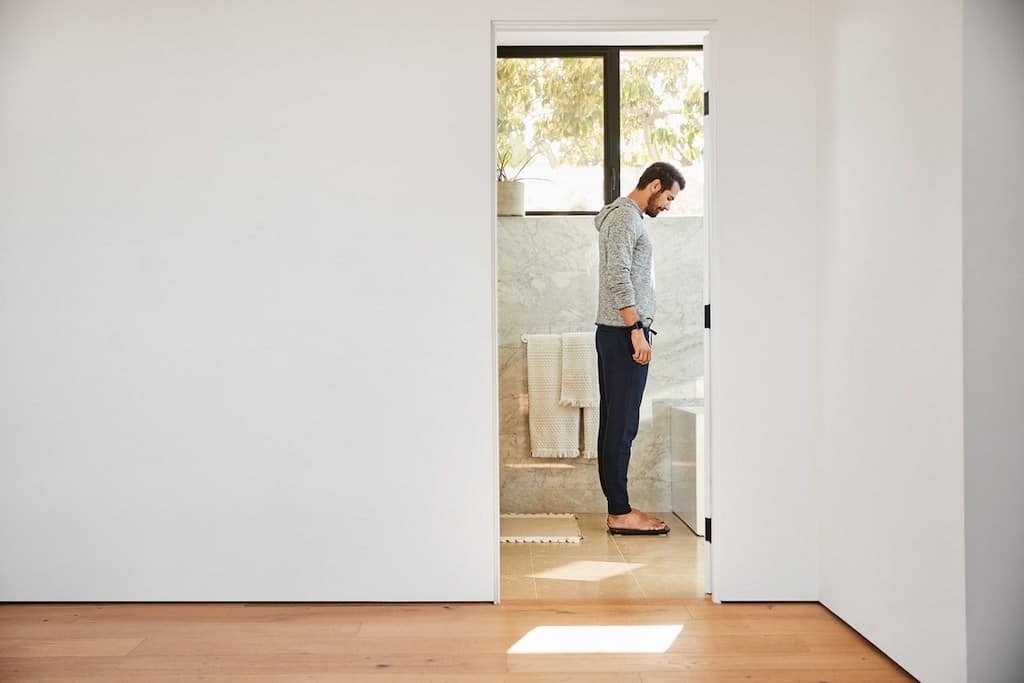
At roughly half the price of its earlier sibling, the Aria Air is a good deal. The weight data was accurate too. Once I’d got used to using it with my phone as part of my morning routine, it became an indispensable part of my Fitbit regime. It isn’t perfect, though. It also isn’t as seamless as the earlier Aria 2 scale. Either way, if you’re a Fitbit user who is serious about your fitness regime, the Aria Air is a low-fuss way to make Fitbit data even more accurate.








